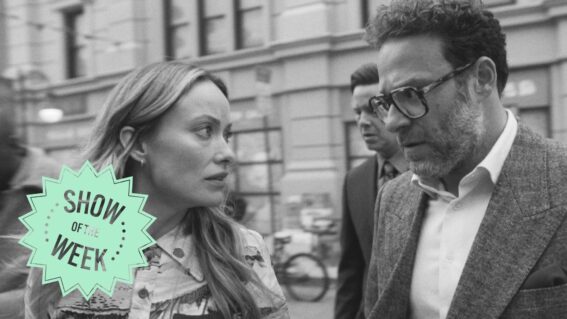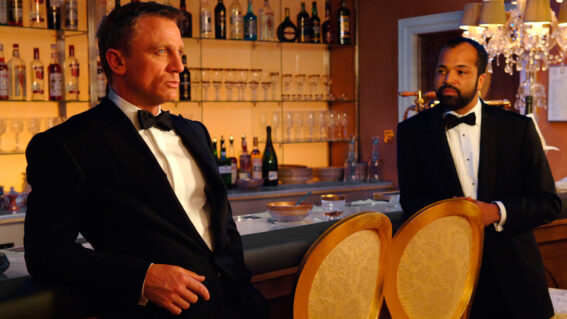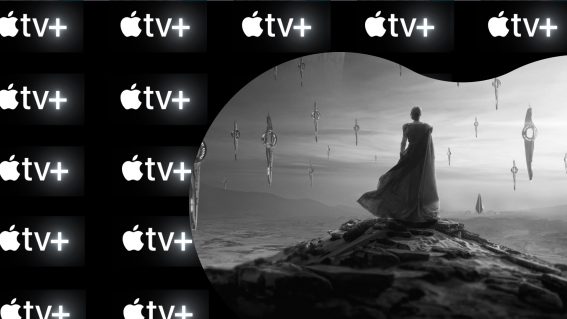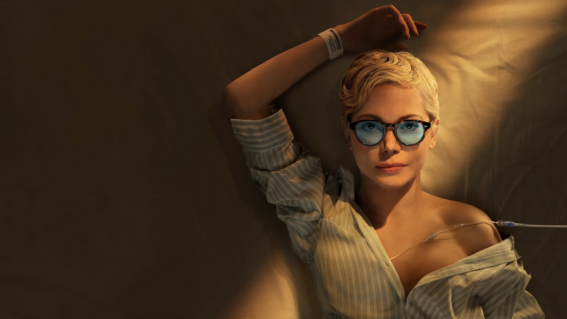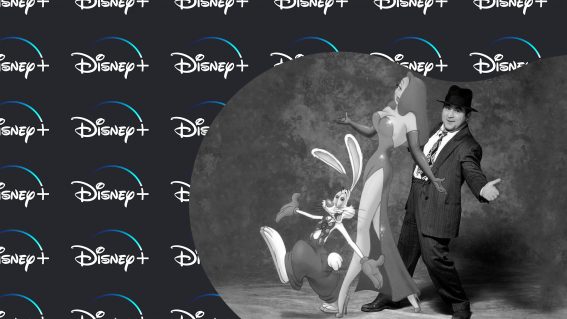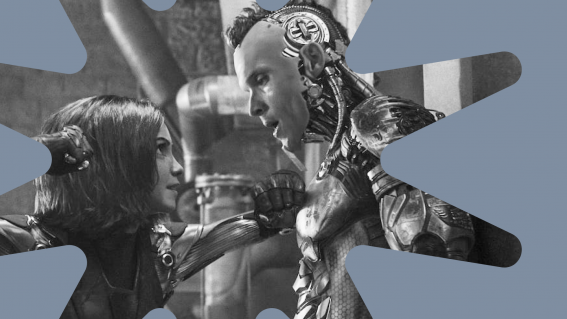Tales from the Projection Booth (Before Digital)

For several years I have called myself a projectionist but I don’t really know if I can anymore. Like everything in the entire world, the cinema that I work at has made the digital switchover from 35mm projection, and my very cool and interesting skillset has been rendered redundant quite literally with the flick of a switch. The smiley and clickety old kinoton has been put out to scrap to make way for a menacing and mean Cyclops box, and I am currently learning how to use this new iRobot equipment without accidentally deleting millions of files or accidentally making a skype call to Nigeria.
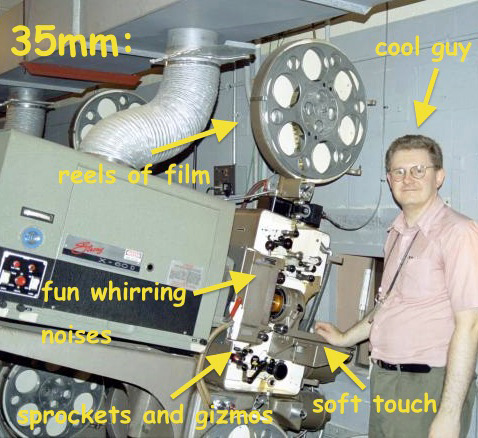

Along with my own internal conflict in trying to hold onto a job/identity that barely exists, I’m also worried about losing track of the memories and having no more cool stories to tell from ye olde projection days. With digital we get more flexibility with film options, a clearer image and no chance of the film wearing out or aging. But we’ve lost half the fun of projection: when things go horribly wrong in the booth. Here are some horror stories of the most feared (and now most missed) projection blunders that have ever been committed with 35mm film, and how they compare to the current digital climate of “hope, pray and reboot”.
1) The Wrong Film
35mm: A timeless classic. A mistake so simple, but so heart-stoppingly stressful that your hair will fall out in giant clumps. Threading up the wrong film through the projector can easily be remedied if caught early, but once you are 11 minutes into Ice Age 3 instead of The Kings Speech you might as well slither into the nearest open coffin and notify your next of kin. In this instance, you have to mop up your small patch of spew, hit “PROJECTOR STOP” and brandish a humble pair of scissors. No surgeon on earth could cut a film from a projector as carefully as a sweaty projectionist who knows that they are about to be in big big trouble with a cinema full of angry Colin Firth enthusiasts. You then thread up the right film, and hide just long enough for Colin to start stuttering and everyone to well up and throw Oscars at the screen.

Digital: Press stop. Select a different file. Play that file. Stare deeply into the void and think about your life choices.
2) Reels in the Wrong Order
35mm: This mistake is quite a bit like food poisoning: you don’t know that anything is wrong until it’s too late and you are suddenly sweating profusely and throwing up everywhere. The term “director’s cut” means absolutely nothing- whichever projectionist is in charge of assembling the film reels is in charge of what story you are about to see. And if you put it together in the wrong order, nothing can be done till the film is finished. I know of an Auckland cinema that played the Palme D’or winning Yugoslavian film UNDERGROUND with the reels in the complete wrong order. It was a critical smash hit, with reviewers (I imagine) applauding the fragmented narrative and unconventional approach to storytelling. Very foreign, very compelling. That projectionist can count their lucky stars.
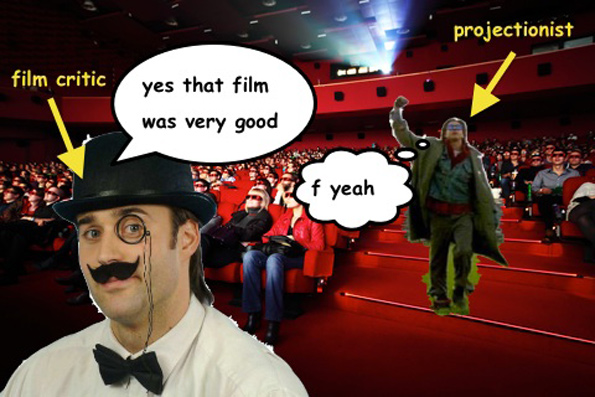
An even worse scenario of this is in a multiplex cinema where one film would run from projector to projector, hitting session after session for hours at a time. Remember Lord of the Rings? Remember how much of our nation’s identity and pride hinged on the release of these movies? Imagine a huge multiplex cinema showing the midnight premiere and then continuing to show that same print throughout the night with multiple reels out of order. The result is a higgilty piggilty narrative that even the most defiantly patriotic New Zealander with a Peter Jackson tattoo couldn’t ignore. I can’t even imagine the level of outrage in the audience. It’s pretty much a hate crime towards New Zealand. The last we ever heard of that projectionist was them screaming “Gondor calls for aid!!” as their booth was stormed by angry fans brandishing plastic swords. I think we can laugh about it now. And all those angry people (who hopefully have calmed down by now) can rest easy knowing that it will never, ever, happen again.
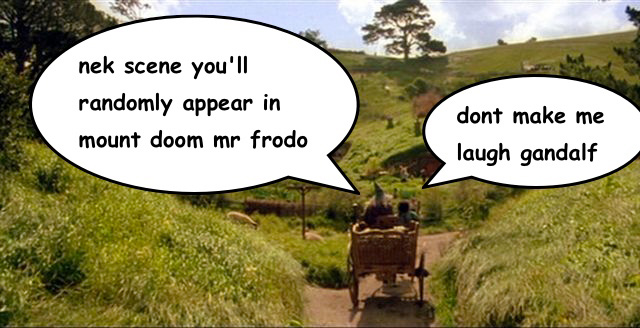
Digital: As far as I know, there is no chance of the film being jumbled up unless a cool hacker has a bone to pick with the ending of 100 Foot Journey. No projectionist is lamenting their loss of power over the final cut more than a mysterious real-life Tyler Durden figure from Auckland who, I am told, meticulously placed frames from Superman into every movie that they assembled. Probably the most screen-time that movie got amiriiiiiite *high-fives self, misses hand*
3) Dropping a film
35mm: Often when showing more than 2 films a day, the films themselves would have to be shuffled around from platter to platter. I say shuffled, I mean slipped onto a giant board and then heaved onto a shelf with the might of one hundred Ms Trunchbulls.
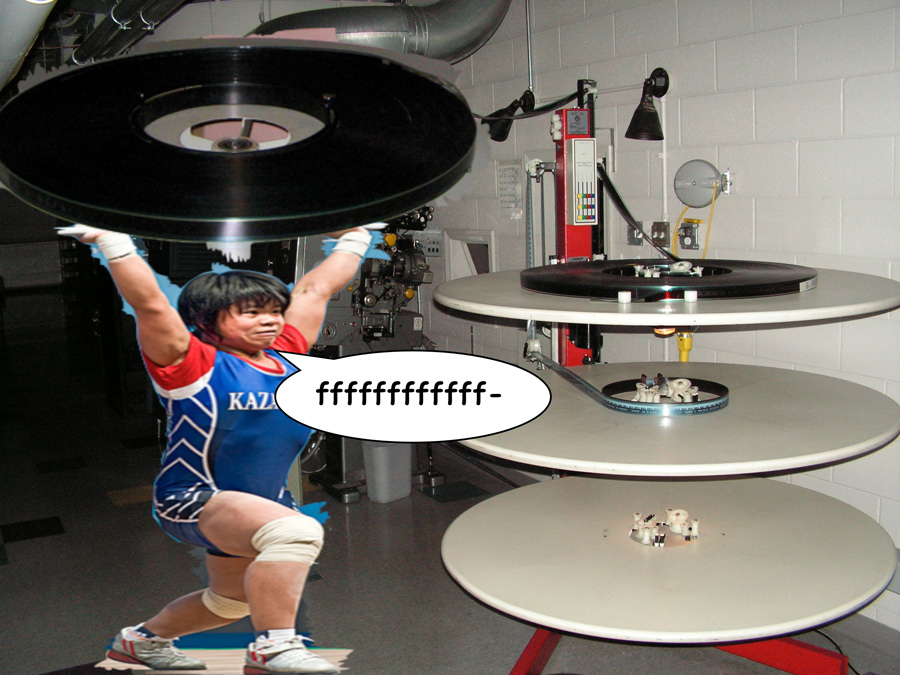
If a movie is more than 2 hours long, you are dealing with what might as well be a baby elephant amount of film stock to move. And sometimes, just sometimes, a person might hypothetically drop a heavy film and hypothetically sit on the projection booth floor gently sobbing as they cut and tape up a giant knot of film that’s approximately 3.5km long.
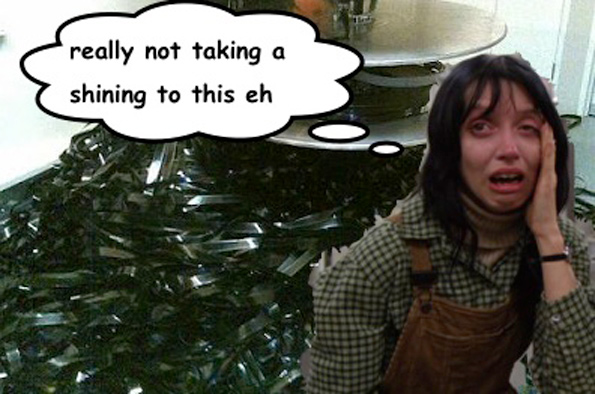
Digital: “Oh please help me I’ve dropped this small hard drive and I can’t possibly pick it up!”- no-one ever.
4) The film stops
35mm: The reason behind this happening was endless with 35mm. But the benefit was that the problem was always visible, always something that could be dealt with physically, no matter how bad. In probably the most traumatic night of my life, it happened to me in a big way. During the last 10 minutes of Les Miserables, the tail end of the film Lincoln had somehow become unstuck from the platter above and managed to weave it’s way into the mix. This resulted in a giant rat king of film that had wrapped itself around all of the equipment, and jammed it to the point where the film had not only stopped, but was smoking with the smell of one hundred burning souls.
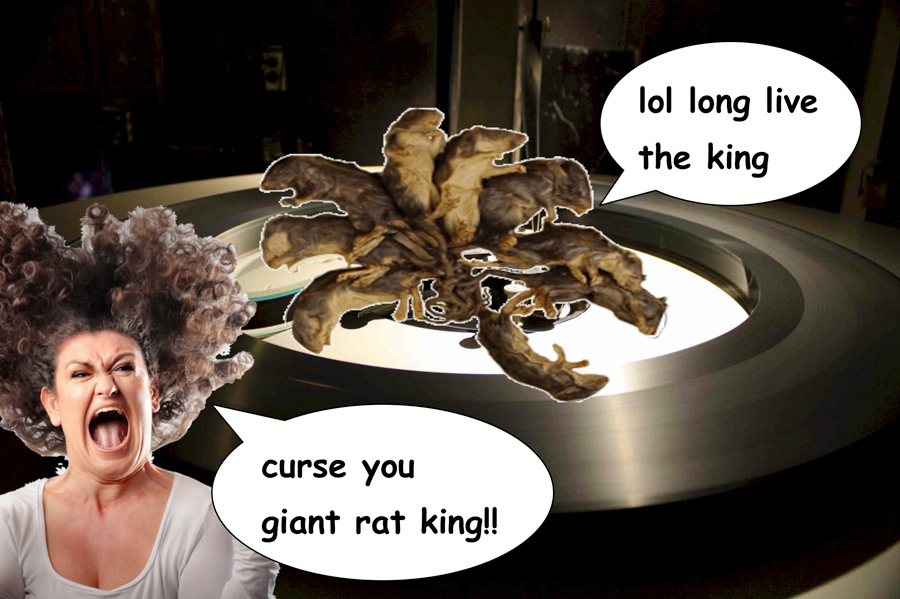
My immediate thought was obviously to stick my hand right in the middle of the smoking rat king. I got severely electrocuted. Through my scream-weeps whilst cutting the film into one hundred pieces to try and undo the jam, I actually considered lighting and candle and just going out there to sing Jean Valjean’s final number myself. And then obviously dying in front of the screen.

Digital: A customer will come out, guns a-blazing saying

First of all, reassure them that it’s not a DVD player. Second of all, realise there are only so many ways to troubleshoot a frozen file. You know how your computer might stop and you just sort of smack it? And if that doesn’t work you restart it? And if that doesn’t work you call someone smarter to fix it? Yeah. I spend a lot of time on the phone these days.
5) The film scratches
35mm: The film stock is threaded through the projector much like a sewing machine, getting pulled through various rollers and sprockets. These rollers do a great job, but often new/tired projectionists do an even better job of missing rollers- meaning than the film gets dragged along surfaces that it is definitely not meant to. The result of this is the charming vertical fluro green and yellow lines that pop up across the face of your favourite movie star. Once you have noticed and reset the rollers, there is no fix for the damage without replacing the film. The best you can do when the scratch appears is to create a small distraction. This can be done through shining a torch in the audiences face or making an unusual noise from under a seat.
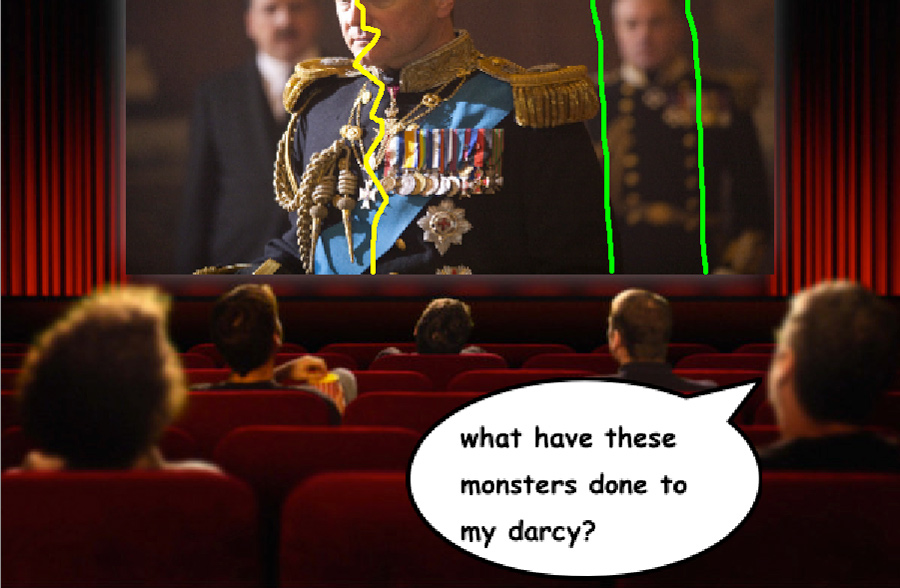
Digital: The only scratches to be made on Colin Firth’s pristine face are those from feral fans tearing through the screen to try and kiss his stammering mouth.
The times have officially changed, some say for the better, some for the worse. We are still in a transition phase of adapting to this new technology, so please be gentle with flummoxed projectionists trying to deal with an error code that looks like something straight out of the Matrix. The jury is still out on whether digital actually looks better than film but there is no denying that it is cheaper, easier and allows for more films to be shown and distributed. Plus there is the added bonus of having everything in focus and everything in frame (R.I.P the cut-off heads of yesteryear). What we have lost are the war stories, the slow morphing voice of a film about to stop, the projectionist’s eyelashes, hairs and crumbs that work their way onto our screens over time. In a way, we have a lost a little bit of the humanity. And after writing this, I’m probably about to lose my job.
Have you ever been in a cinema where things have gone horribly wrong? Or are you a projectionist that has their own ‘I shouldn’t be alive’ story? Let’s share, we can finally laugh about it now.

